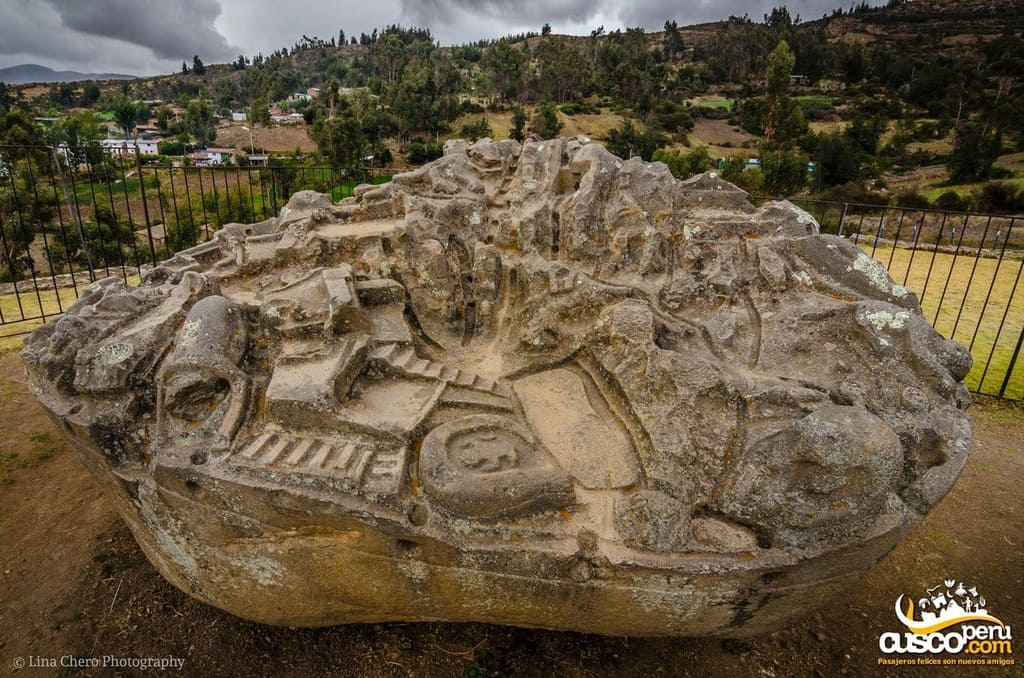The Saywite archaeological site is located in the district of Curahuasi, province of Abancay, department of Apurimac.
Saywite is geographically very close to two important citadels: Machu Picchu and Choquequirao.
For the Inca culture, Saywite may have been a ceremonial center where water was worshipped, but it must also have been a "training" center where Inca hydraulicians learned the different engineering options for coastal and highland conditions.

For some scholars, it is an original representation of the cosmic vision of the Inca culture, which has left sculpted and perennialized some of its most notable religious conceptions on the problems of water and land fertilization.
It is a model of the cosmic world of the Incas, associated with water, the fertility of the land and the forces involved in its existence.


The Andean world conceived life as a whole, nothing was isolated and the use they made of their resources was based on respect for their divinities, the stars: the Sun and the Moon (Inti and Quilla) and the natural resources: soil and water (mamapacha and yacumama) and even inanimate beings were venerated as a sign of respect for the Andes: the hills (apus). They had an integrated vision of how to manage resources and a sample is the Saywite monolith, where they represented the main hydraulic structures that we find as vestiges of their great knowledge of the basins associated to the divinity and their vision of the world.

The Saywite monolith is "a symbolic source", represented in a lithic block in which there are more than 208 figures carved in high relief between animals and structures, adapting to the natural sinuosities of the rock itself.
One more example of the Inca genius, which makes us think that these places, like Moray, were training centers and training in the use of technology for a privileged caste that made possible the execution of the great hydraulic works that they have left us as a sign of their wisdom that science today has not yet surpassed.

The Saywite monolith is represented on the 2016 collector's coins produced by the Central Reserve Bank of Peru.

Happy passengers